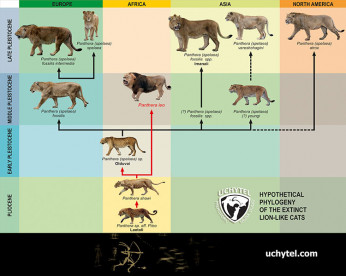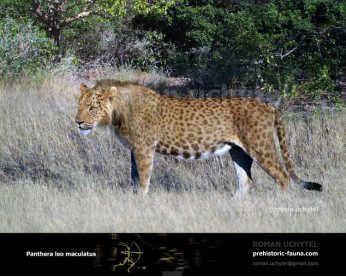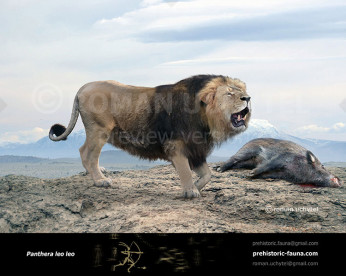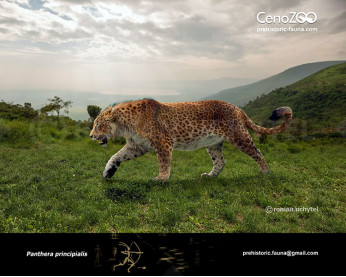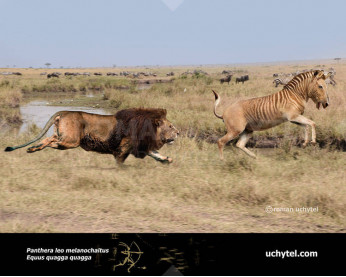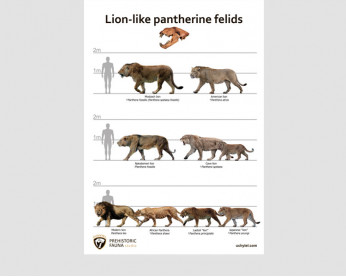Natodomeri lion
385385Natodomeri lion (Panthera leo)
Order: Carnivora
Family: Felidae
Range and period of existence: Pleistocene of East Africa (195 000 - 205 000 years ago)
Dimensions: skull length - 460 mm, body length - 3 m, height - 125 cm, weight - 180 -350+ kg.
The partial skull of a lion from Natodomeri, northwest Kenya is described. The Natodomeri sites are correlated with Member I of the Kibish Formation, dated to between 195 ka and ca. 205 ka. The skull is remarkable for its very great size, equivalent to the largest cave lions (Panthera spelaea [Goldfuss, 1810]) of Pleistocene Eurasia and much larger than any previously known lion from Africa, living or fossil. We hypothesize that this individual represents a previously unknown population or subspecies of lion present in the late Middle and Late Pleistocene of eastern Africa rather than being an indication of climate-driven size increase in lions of that time. This raises questions regarding the extent of our understanding of the pattern and causes of lion evolution in the Late Pleistocene.
Natodomeri lion (Panthera leo)
Order: Carnivora
Family: Felidae
Range and period of existence: Pleistocene of East Africa (195 000 - 205 000 years ago)
Dimensions: skull length - 460 mm, body length - 3 m, height - 125 cm, weight - 180 -350+ kg.
The partial skull of a lion from Natodomeri, northwest Kenya is described. The Natodomeri sites are correlated with Member I of the Kibish Formation, dated to between 195 ka and ca. 205 ka. The skull is remarkable for its very great size, equivalent to the largest cave lions (Panthera spelaea [Goldfuss, 1810]) of Pleistocene Eurasia and much larger than any previously known lion from Africa, living or fossil. We hypothesize that this individual represents a previously unknown population or subspecies of lion present in the late Middle and Late Pleistocene of eastern Africa rather than being an indication of climate-driven size increase in lions of that time. This raises questions regarding the extent of our understanding of the pattern and causes of lion evolution in the Late Pleistocene.

-797x638.jpg)
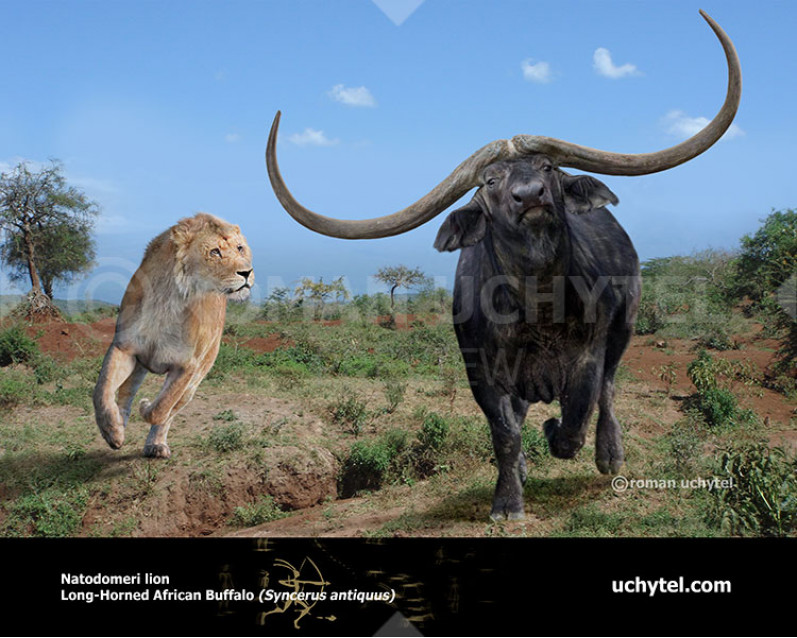
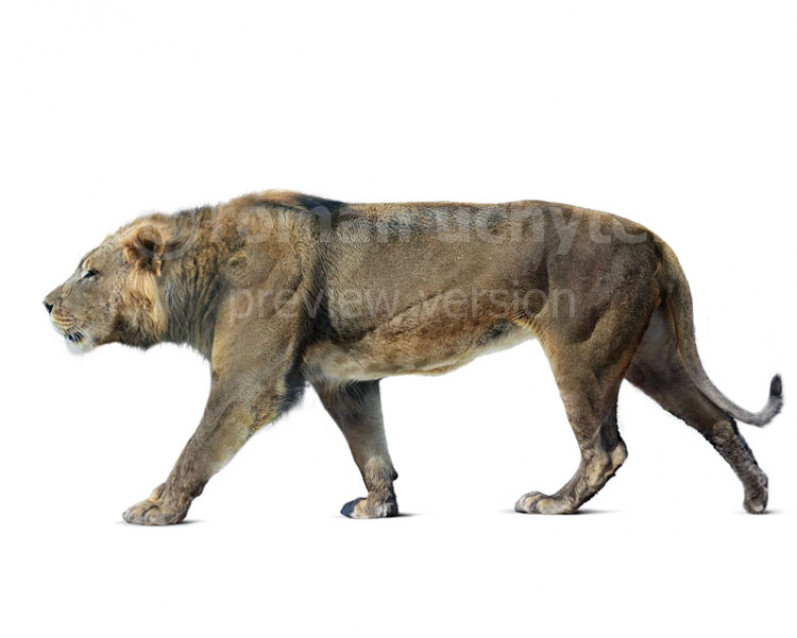
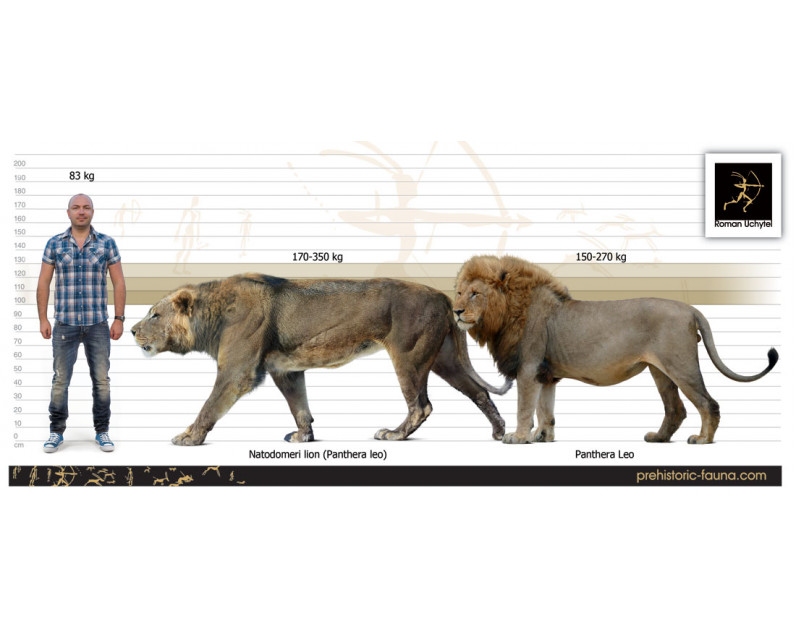
-70x56.jpg)



-346x277.jpg)
-346x277.jpg)
-346x277.jpg)
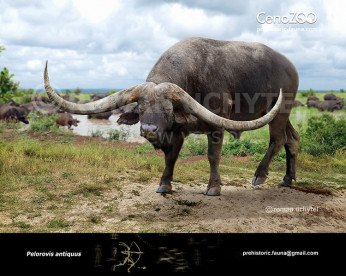
-346x277.jpg)
-346x277.jpg)
